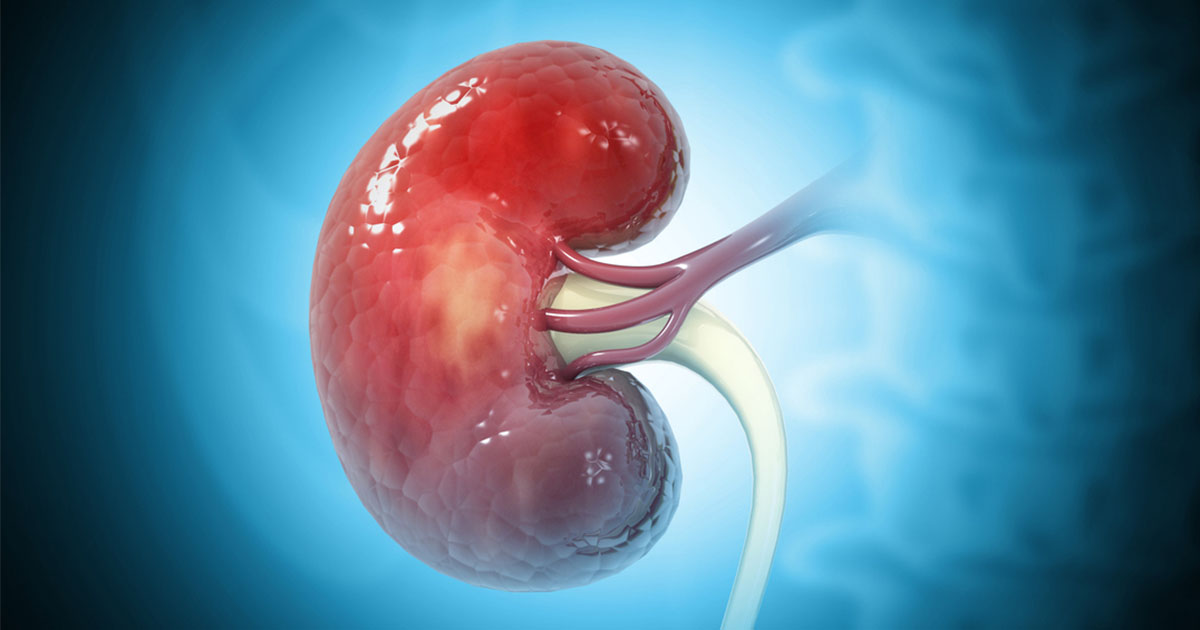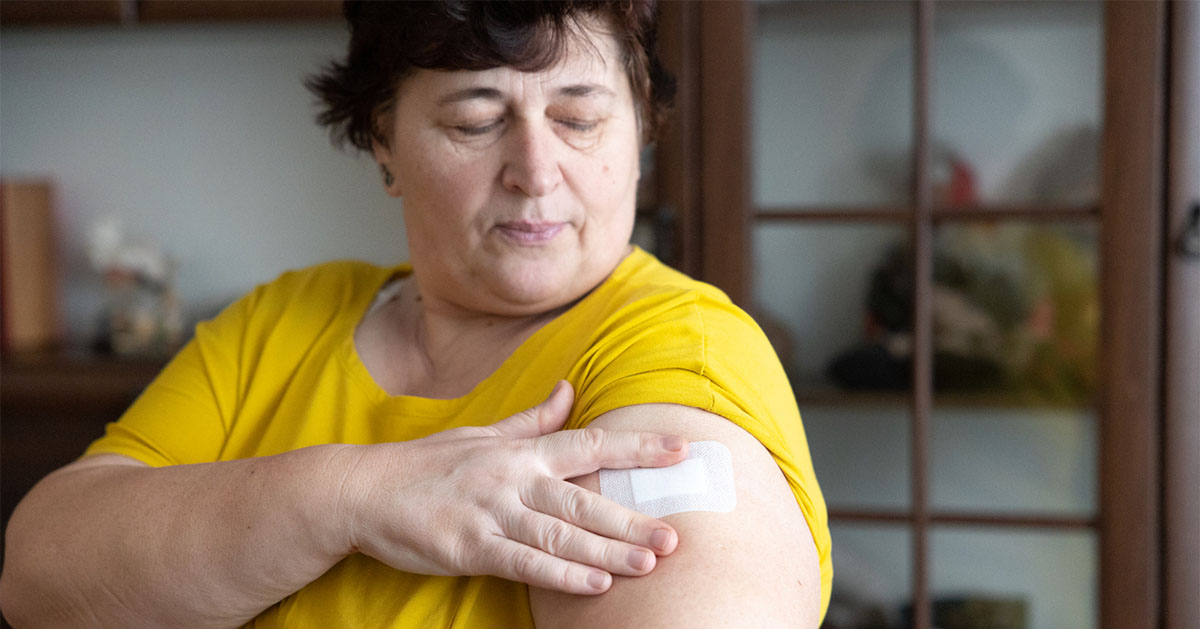Diabetes & Primary Care’s series of interactive case studies is aimed at all healthcare professionals in primary and community care who would like to broaden their understanding of diabetes.
This scenario reviews the screening, diagnosis and management of diabetic kidney disease.
The format uses typical clinical scenarios as tools for learning. Information is provided in short sections, with most ending in a question to answer before moving on to the next section.
Working through the case studies will improve our knowledge and problem-solving skills in diabetes care by encouraging us to make evidence-based decisions in the context of individual cases.
Readers are invited to respond to the questions by typing in their answers. In this way, we are actively involved in the learning process, which is hopefully a much more effective way to learn.
By actively engaging with these case histories, readers will feel more confident and empowered to manage such presentations effectively in the future.
Ravi is a 49-year-old of Asian ethnic origin with type 2 diabetes diagnosed 4 years ago. He attends his primary care diabetes review, having not been seen for over 2 years, with the following results:
- HbA1c 61 mmol/mol (7.7%)
- Total cholesterol 6.1 mmol/L; non-HDL 4.8 mmol/L
- Normal liver function tests
- Estimated glomerular filtration rate 78 mL/min/1.73 m2
- Urinary albumin:creatinine ratio 6.2 mg/mmol
- BMI 28.7 kg/m2
- Blood pressure 147/85 mmHg
- Urine dipstick all clear
What aspects of Ravi’s diabetes do you think need addressing? How would you respond to Ravi’s eGFR and uACR results?
By working through this interactive case study, we will review the screening, diagnosis and management of diabetic kidney disease.






Higher intake of French fries, but not baked, boiled or mashed potatoes, associated with increased risk of developing type 2 diabetes.
4 Sep 2025